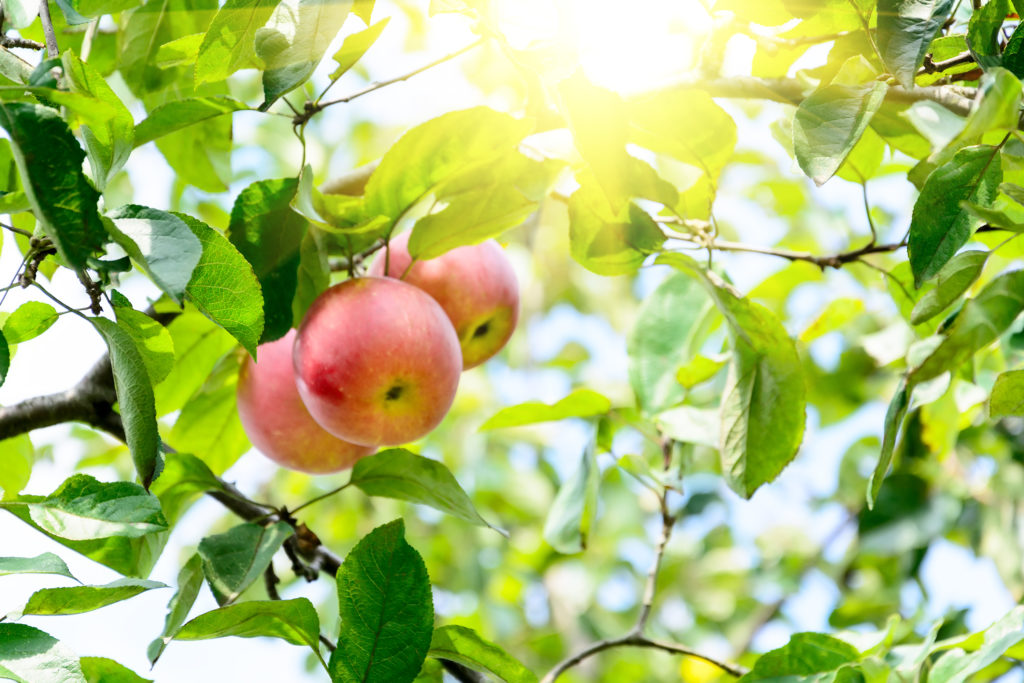
Updated: March 19, 2025
Bare root plants are perennial plants that are dug up and stored while dormant, or in the resting phase which is the period during the plant’s life cycle with minimal growth activity. They’re stored without soil, therefore, leaving the roots exposed or bare. Storing shrubs and trees this way has some distinct advantages that make bare root items an excellent option when buying woody plants.
Benefits of Bare Root Plants
- Bare root plants are an economical choice. They are less expensive than potted plants because they’re easier to store and lighter to ship.
- Bare root plants can be planted very early in spring, because they are dormant, giving them an extended amount of time to become established in their first season of growth.
- Because they are dormant when planted, they are often easier to establish than potted plants.

When to Plant Bare Root Plants
Bare root plants become available in late winter and early spring. Bare root trees and shrubs can be planted as soon as the ground has thawed and the soil can be worked. The roots will start growing weeks before any foliage. In the colder states of the upper Midwest, this can be as early as April and bare root planting season can last until late May or early June depending on the weather. It will generally take 10 to 14 days for your plants to start rooting in. Cool weather can delay bud break but it does give the roots more time to grow before top growth starts.
Storing Your Bare Root Plant
Be sure to store your plants in a cool, dry place until you’re ready to plant them because they can begin to come out of dormancy, become stressed, and suffer if they are exposed to too much heat and humidity.

Soaking Your Bare Root Plant
Before planting, you’ll need to soak the roots for at least 2 hours and up to 8 to 12 hours, but no longer than 24 hours maximum. This is an important step because it will allow the roots to re-hydrate and absorb water. If roots are soaked longer than 24 hours they can become oxygen-starved and be permanently damaged.
How to Plant Bare Root Plants
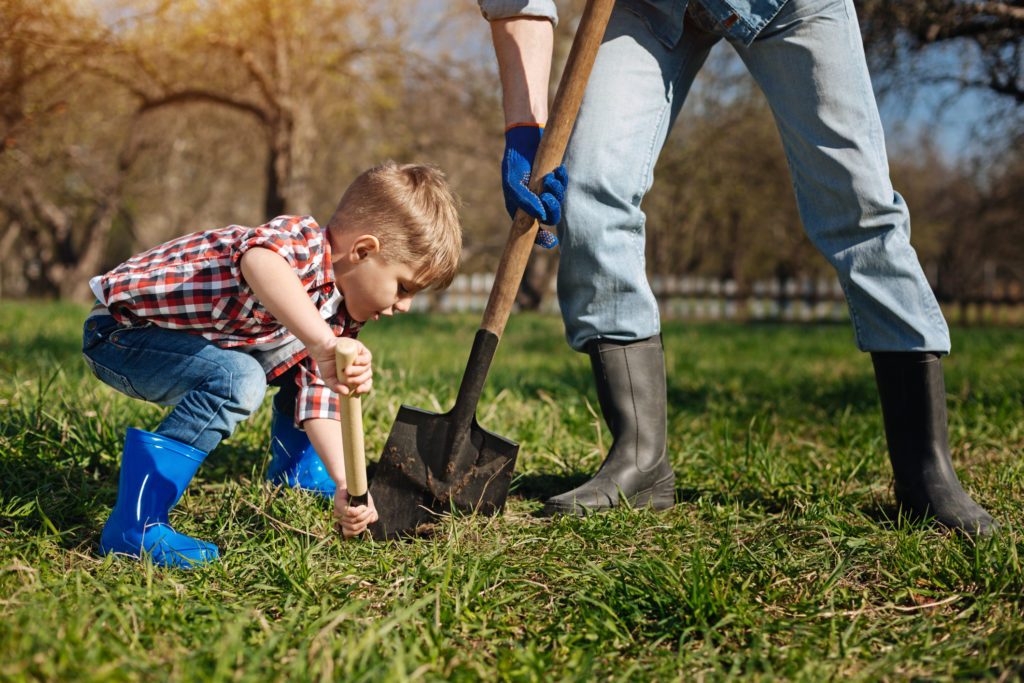
Be sure to plant bare root plants in a location where the soil conditions and light exposure are proper for that particular plant’s needs. Most bare root trees are tip pruned prior to shipping. If the tree you receive has not been pruned, it is a beneficial practice to prune off ⅓ of all the branches, from the tips back. This will allow the plant to supply the remaining buds that open with enough moisture and nutrients from its smaller root system. If all the buds are left to open and grow the tree may fail because it can not supply all of them with the necessary amount of water so the tree quickly declines. You can do this quickly prior to planting or right after you plant.
Dig a hole twice as wide and twice as deep as the roots system. There should be enough space for all the roots within the planting hole. Roots should not have to be severely bent or twisted to accommodate them. If the roots are too long, they can be trimmed so they are laid out straight. Examine the roots and remove any that are broken or appear damaged. Roots heal faster when removed with a clean, straight cut.
Place the plant in the hole at the same depth it was in the nursery, or about one inch deeper than the roots. An easy way to distinguish where the nursery had it planted is to look at the color on the stem or trunk. The portion of the tree that was underground will be darker in color than the part that was above ground. Raspberries and birch need to be planted very shallow to ensure good growth and survival. If planted too deep, they will suffocate.

Prepare the natural dug soil by adding an ample amount of peat moss or compost to the soil that has been dugout. Plants will thrive if you create a 50/50 mixture of the amendment and natural soil to plant them into. Once the hole is ready and the roots have been soaked, you are ready to plant. Sprinkle the wet plant roots with MYKE Tree & Shrub Inoculant powder, which is efficient and beneficial for mycorrhizae that promote better root growth and plant health. Place the plant roots into the hole at the proper depth and put the amended soil mix around the roots, filling the hole halfway. Water the soil to settle it and remove any air pockets. Place the rest of the soil in the hole back to the natural soil grade. It is best to leave a 1 to a 2-inch indentation or well around the plant to capture rainwater. After finishing the planting, water the plant 2 or 3 more times, letting the water soak in well between each watering.
You can also add Root & Grow Plant Starter to the water used to water in the new plant. It is a mild starting fertilizer product plus a natural plant hormone that stimulates root growth and reduces root shock.
Mulching and Protection
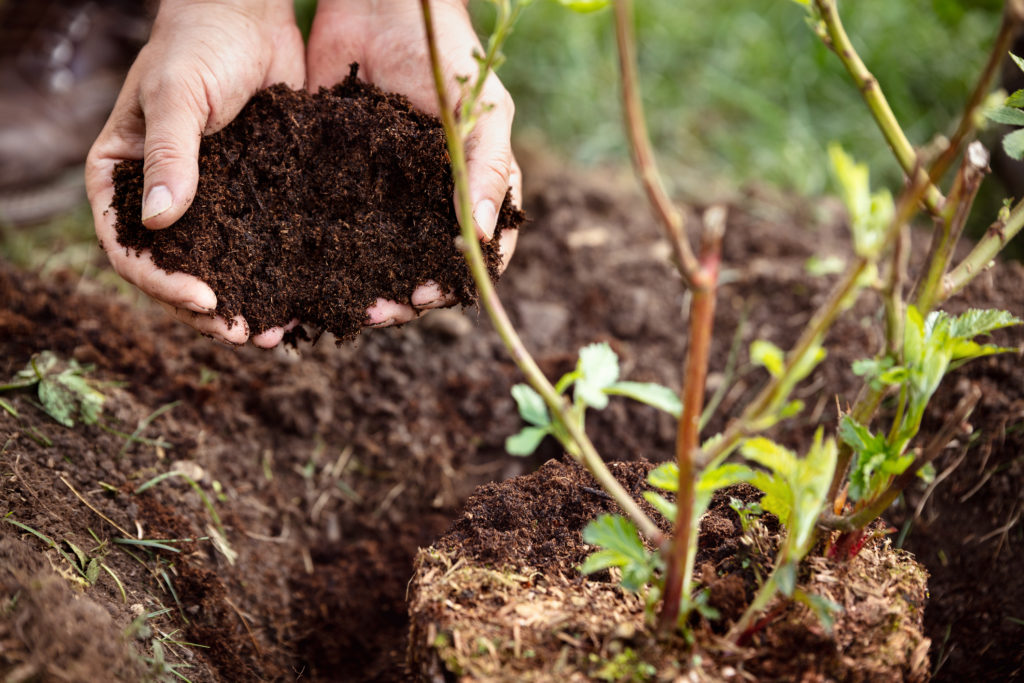
It will be important to create a mulched area around the tree after planting to ensure the soil in the root zone retains moisture between waterings and helps suppress weeds. Another consideration to make is how to protect young trees from sunscald, and mechanical damage from mowing or lawn equipment. The bark of immature plants is easily damaged and susceptible to drying from intense sun exposure. Plastic Spiral Tree Guards around the trunk will help to prevent sunscald, mechanical injury, and winter bark cracking. The guard can remain on the trunk until corky, mature bark starts to replace the juvenile bark. These plastic spirals will expand with the plant, as it grows.
Watering Your Bare Root Plant
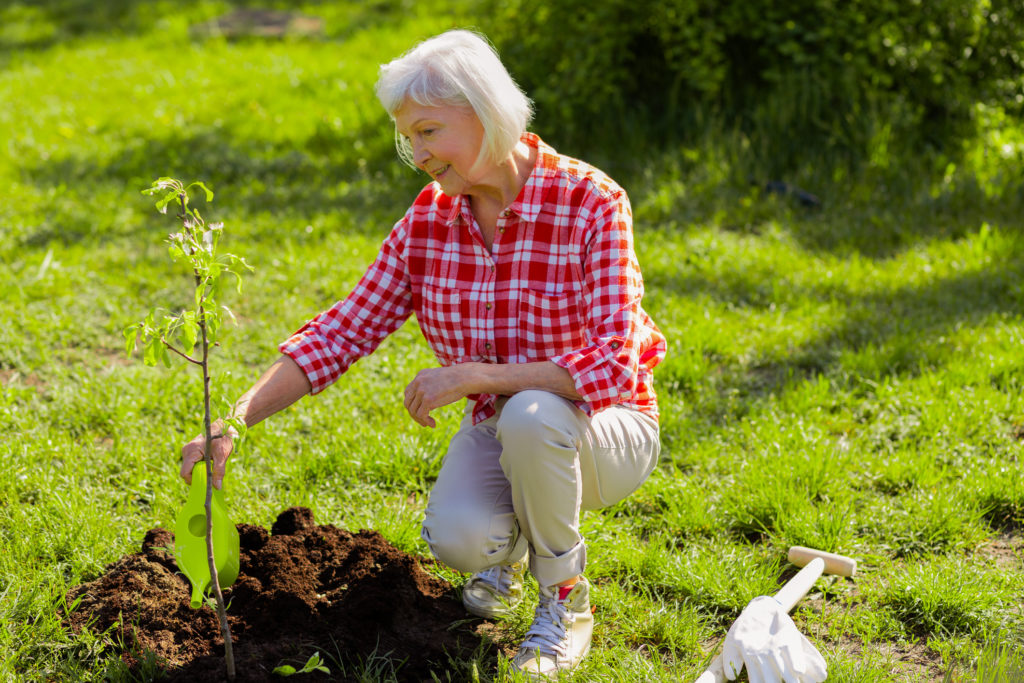
Since it takes between 2 to 4 weeks for the roots to become active enough to supply the plant with water, you should keep the soil evenly moist during this period. You can water every other day during the first two weeks. After that, you can allow the soil to dry out some between waterings, eventually watering about once a week. Giving your plant a larger volume of water but less often will encourage roots to grow more deeply and securely. Watering regularly during the first spring and summer season will determine how successful and long-lived your trees or shrubs will ultimately be. Remember, average rain events do not amount to enough water to sustain a newly planted bare root tree or shrub. You should continue to water your new plants through the first growing season. If you are questioning if your new plant is getting enough water, give it more. More is way better than not enough, especially if the soil is well-draining as it should be.
Have Patience
Some types of plants leaf out faster than others, so don’t give up too early on newly planted trees and shrubs. If the plant is not leafing out, you can use a “scratch test” to determine if a dormant plant is still healthy. Simply scratch away a small area of the bark with your thumbnail to expose the cambium layer of the tree. In a dead plant, this layer is brown in color, hard and dry, and in a healthy tree, the tissue is green and soft. Planting bare root trees or shrubs is a cost-effective and relatively easy way to enjoy the fruits of your labor.
Bare Root Room Opening on March 21, 2025!
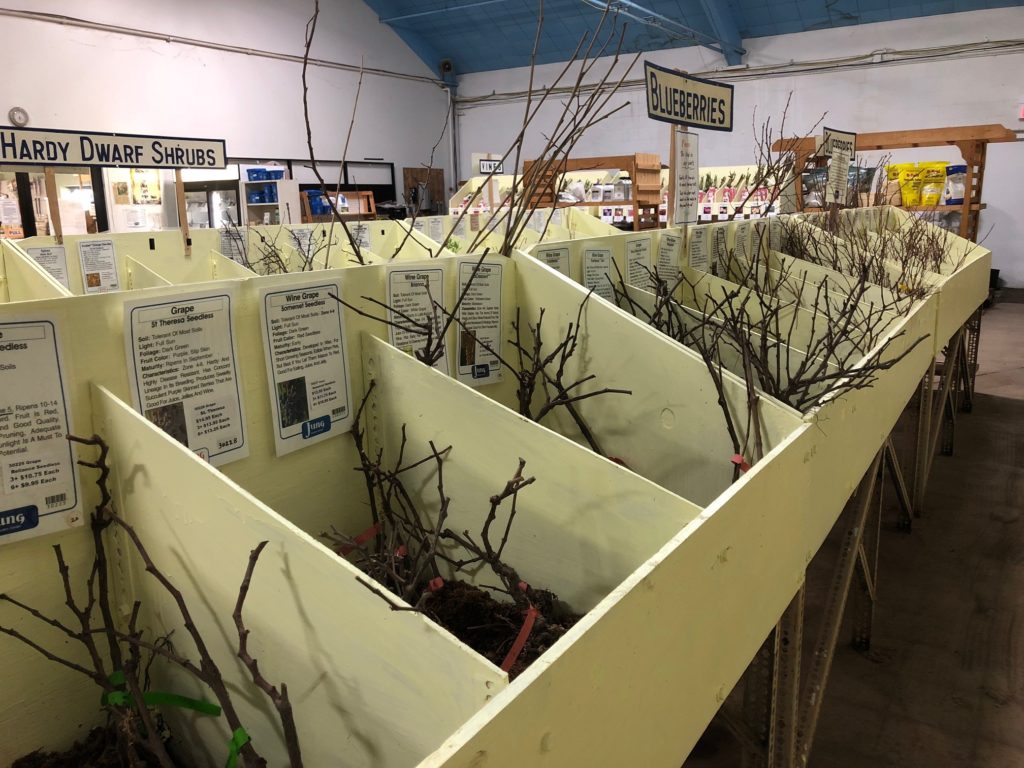
The bare root rooms at our Jung Seed Garden Centers are open. We have a wide selection of trees, shrubs, and fruit to choose from.
Other Recommended Reading

- Bareroot vs Potted Plants: What Is The Difference?
- Shade Trees – Planting and Growing Guide
- An Easy Guide To Fruit Tree Rootstocks
- Why Won’t Fruit Grow on My Trees?

At Jung Seed Co, we strive to be your go-to guide for all your gardening needs. Our YouTube channel The Garden Doctor by Dick Zondag is where he provides gardening tips for all levels of gardeners. When you need reliable gardening advice, turn to the trusted experts at Jung.
View our new catalog online or browse our website for your gardening favorites. To receive info on new products, exclusive deals, and specials, be sure to sign up for our weekly email. Join our Facebook page, to discuss all things gardening!